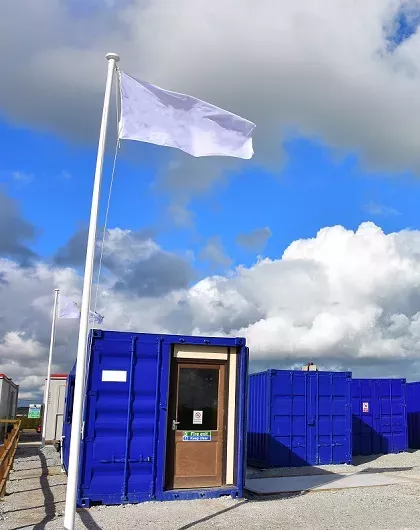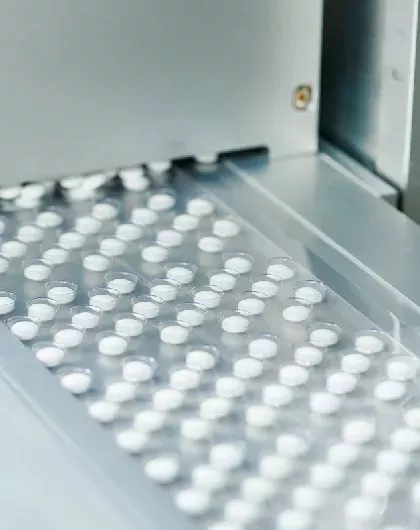SOCOTEC offers a wide range of mercury analysis covering air, water and soil samples.
Toxic Quicksilver
Mercury is a chemical element with the symbol Hg and atomic number 80. Its common name is Quicksilver as it is liquid at room temperature. For centuries, mercury was widely used in medicine. Now, however the toxic nature of mercury is more fully understood.
Methyl Most Deadly
Mercury exists in three forms, elemental mercury, inorganic mercury and organic mercury. Although any form of mercury is poisonous, perhaps the most deadly form is methyl mercury as it can be readily absorbed into the bloodstream and bioaccumulates in the food chain.
Mercury Poisoning
Industrial contamination is commonly in the form of inorganic mercury salts, which can be attacked by aquatic organisms and vegetation converting it to deadly methylmercury. Mercury poisoning can result from vapour inhalation, ingestion and absorption through the skin. Symptoms include muscle weakness, numbness, rash, poor coordination, memory loss and psychological issues. Therefore it is important to test when mercury presence is suspected.
Techniques for Detecting Mercury
SOCOTEC offers a wide range of mercury analysis covering air, water and soil samples, with instrumental techniques for detecting mercury including:
ICP-MS/OES - technique to quantify total mercury (Hg)
CV-AFS - technique to quantify low-levels of total mercury (Hg)
HPLC-CVAFS - speciated mercury technique to quantify inorganic mercury (Hg2+)
Common matrices tested for mercury are:
Soil
Mercury (Hg) on acid digest and lab leachates (UKAS no.1252)
Speciated mercury on acid digest and lab leachates
Low level mercury (Hg) on acid digest and lab leachates (UKAS no.1252)
Water
Mercury (Hg) in surface, ground, landfill, lab leachate & trade effluent (UKAS no.1252)
Speciated mercury
Air
Mercury (Hg) in particulates sampled onto filters
Mercury (Hg) vapours sampled onto sorbent tubes

Talk to our experts
Want to find out more about SOCOTEC's Environmental Science services?
You might also be interested in:
Other news














